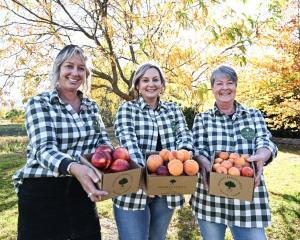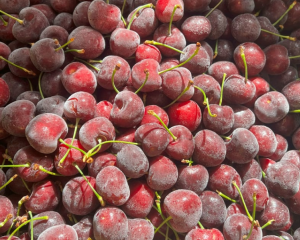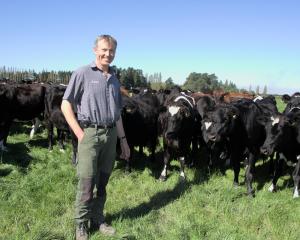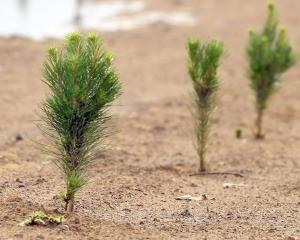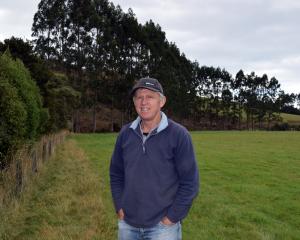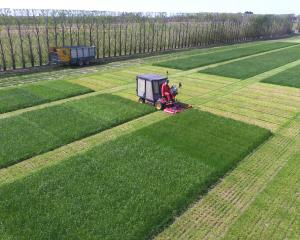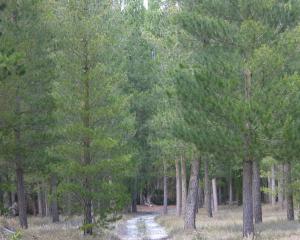
Environmental consultant Dr Barrie Wills, of Alexandra, said some of the species trialled were frost and drought tolerant, highly palatable and ideal for Central Otago conditions, and he would like to see further research undertaken.
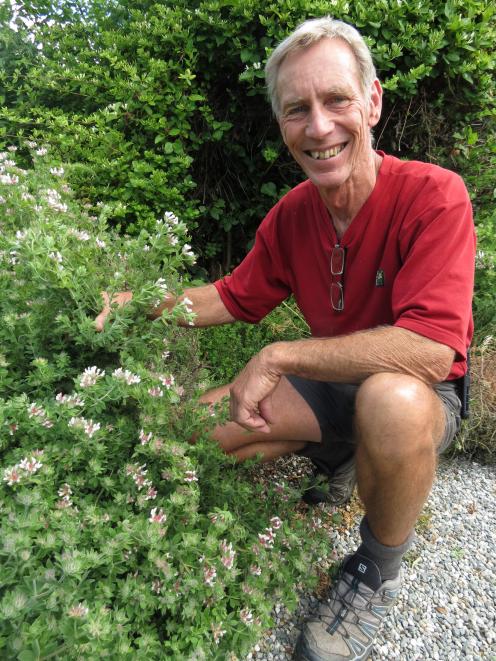
However, the research was stopped in 2004 with redundancy from AgResearch, although he still maintains an interest in the field trials.
Dr Wills now has his own consultancy, Central Environmental Services.
Dorynicum, Saltbush and Sheep's Burnet have continued to thrive at sites on Earnscleugh and Bendigo stations as well as Chatto Creek, Waenga, Poolburn and Lowburn.
Plant palatability and suitability for Central Otago's soil types and climate were evaluated during the research.
''We looked at their survival, and value for forage and fodder,'' Dr Wills said
''We also direct drilled Dorycnium at Earnscleugh, Waenga and Poolburn along with wheatgrass and tall oat grass.
''Dorycnium had elevated levels of tannin so can provide some protection against gut parasites in stock, and its influence on ruminant gas production should be investigated.''
Dorycnium is a perennial, evergreen, nitrogen-fixing plant from the Mediterranean, and was ''ideal for providing green forage, and revegetating severely depleted dryland areas '' especially where rabbits were problematic.
It was both drought and frost tolerant, relatively palatable for stock and had a similar mineral content to lucerne.
''In addition there were no significant disease or insect problems.''
Another successful plant with Mediterranean origins was Saltbush.
Dr Wills said saltbush plantings survived well on alkaline/saline soils, over-wintered fodder and was relatively palatable to stock.
''Saltbush had high contents of magnesium and sodium.''
It can grow up to 2m tall and provide about 4000 to 6000kg DM from well-established sites.
''We planted a large area at Earnscleugh Station and it is regularly browsed and surviving quite happily.''
Sheep's Burnet was also trialled and it grew well and stock like it.
He said Sheep's Burnet also had medicinal properties.
''If you put crook stock on Sheep's Burnet, they will be up and bouncing around again.''
Apart from changes at AgResearch, one of the key constraints which prevented further adoption by Central Otago farmers was the lack of expertise from commercial seed providers at that time.
Some seed was hand harvested but the lack of commercial quantities prevented further uptake.
''It would be great if we could accumulate enough seed to sow larger areas on dry exposed hill slopes, but that is now unlikely given the lack of research impetus in dryland plants currently shown by our Crown Research Institutes,'' he said.


